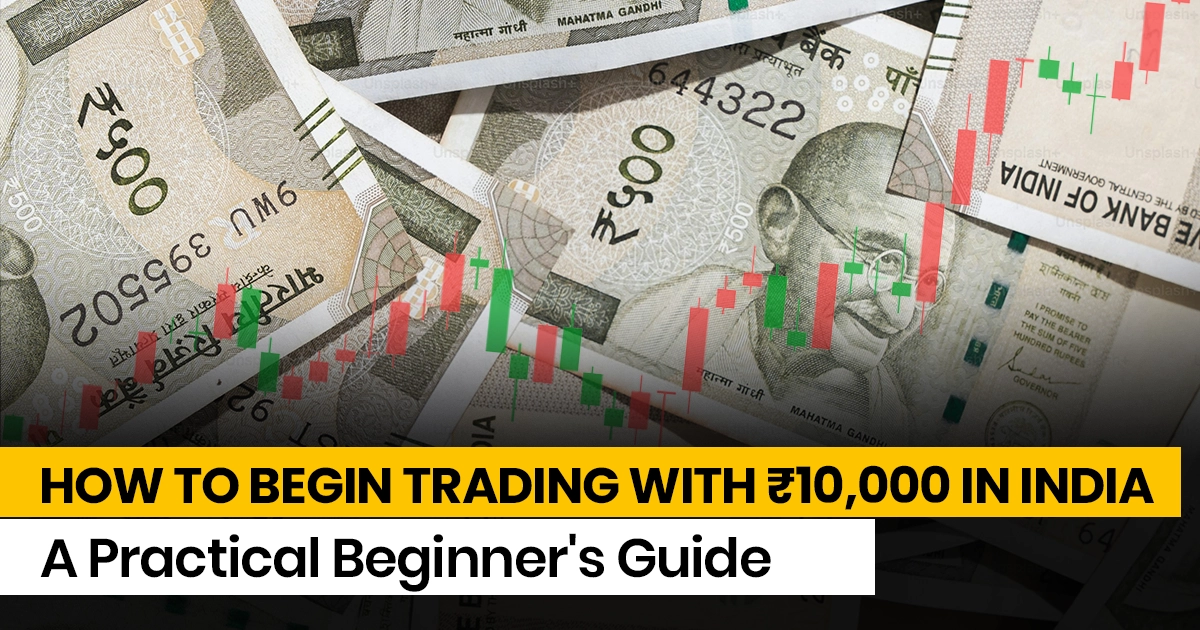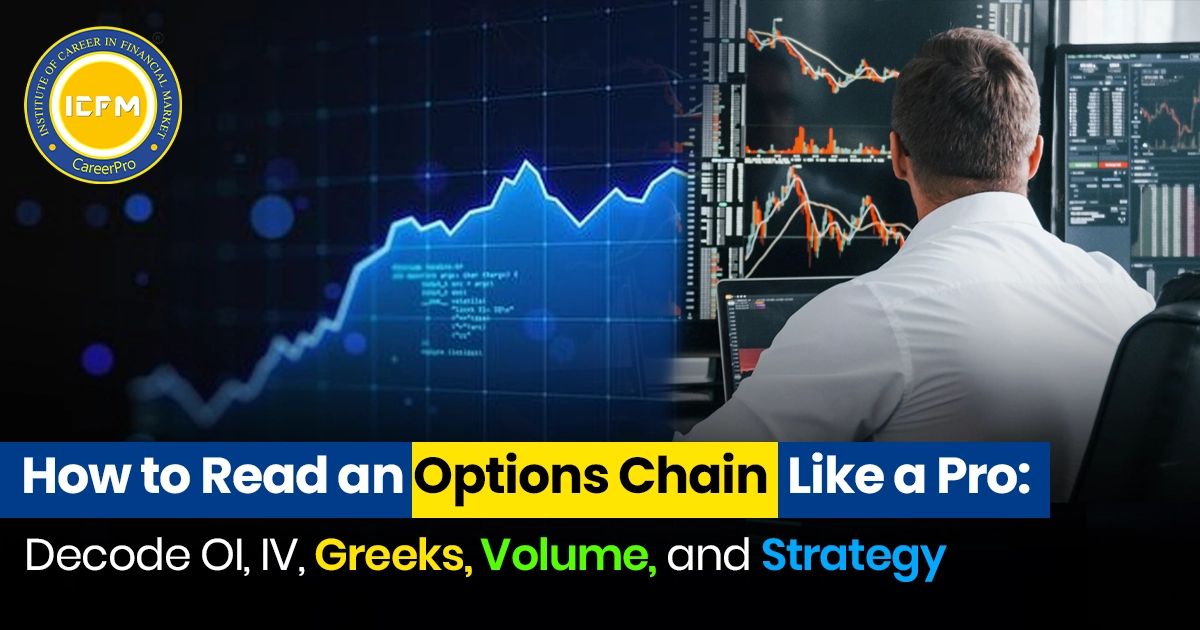Understanding Short Straddle: A Simple Guide
The first time you hear the term "short straddle," you might feel intimidated by the name, but breaking it down makes it simple. This blog post explains what a short straddle is, how it works, and the risks and rewards involved in using simple language.
What is a Short Straddle?
A short straddle is an options trading strategy where an investor sells both a call option and a put option at the same strike price, with the same expiration date, on the same underlying asset (like a stock).
There's an essential idea here: the investor believes that the price of the asset won't move much and expects the stock price to remain close to the strike price of the options.
The components of a short straddle :
1. Sell a Call Option: This gives someone else the right (but not the obligation) to buy the underlying asset at a specific price (called the strike price) by a certain date. When you sell a call, you get paid a premium (money) for taking on the risk.
2. Sell a Put Option: This is the right but not the obligation for another person to sell an underlying asset at the strike price on or before a specified date. Again, you earn a premium selling the put.
By selling both options, the investor earns premiums from both the call and the put. The objective here is to retain those premiums as profit.
How Does a Short Straddle Work?
Let's break it down using a simple example:
- Underlying asset: ABC stock
- Strike price: $100
- Expiration date: 1 month
- Premium for call option: $5
- Premium for put option: $5
When you are selling both call and put at the same time, then you receive a total premium that amounts to $10; that is $5 for the call and $5 for the put.
Your objective is for the stock price to be precisely at the $100-the strike price-by the expiration date. Why?
Because, in this case:
The call option would expire worthless (no one will buy the stock at $100 if it's exactly $100).
The put option would also expire worthless (no one will sell the stock at $100 if it's exactly $100).
If both options expire worthless, you keep the entire $10 premium as your profit. You don't have to deliver the stock or buy it; you just pocket the premiums because the stock price doesn't move from the strike price.
What Are the Risks and Rewards of a Short Straddle?
As with any trading strategy, the short straddle comes with both potential rewards and risks.
Rewards:
- Premium Collection: The biggest advantage is that you collect premiums from both the call and the put options. This is your maximum possible profit, and if the stock price stays close to the strike price, you can keep all the premium.
Risks:
- Unlimited Loss Potential: If the stock moves significantly in either direction, you could face significant losses.
- If the stock rises, the call option that you sell will be exercised, which can result in a greater loss of money the higher the stock price goes.
- If the stock falls: The put option sold to you can be exercised and you may incur a higher loss in money as the lower the stock goes.
In both scenarios, your losses can go on forever since there is no cap on how far the stock can move in either direction.
Volatility Risk:
A short straddle is highly dependent on low volatility. If the stock price moves much, the value of the options could shoot up fast, making it difficult to come out profitable or forcing you to take a loss.
When is a Short Straddle Used?
A short straddle works best when:
The trader believes the stock will not move much. The key idea is that you think the stock will stay near the strike price and will not make big moves.
You expect low volatility: You’re betting that there won’t be any big news or events that cause the stock price to swing wildly.
For instance, if a company is close to reporting earnings and you think that the news will not trigger much of a reaction in the stock price, you may want to consider a short straddle.
In summary, a short straddle is a strategy whereby you sell both a call and a put option on the same stock with the same strike price and expiration date. You hope to collect premiums from both options and that the stock price will not change much.
However, one must not forget that the rewards are alluring, but the risks are huge. The possibility of infinite losses, if the stock price moves drastically, means this strategy is not for everyone. Traders need to be cautious and carefully manage their positions.
If you’re new to options trading, always do thorough research and consider practising with a simulated account before diving into complex strategies like the short straddle.









